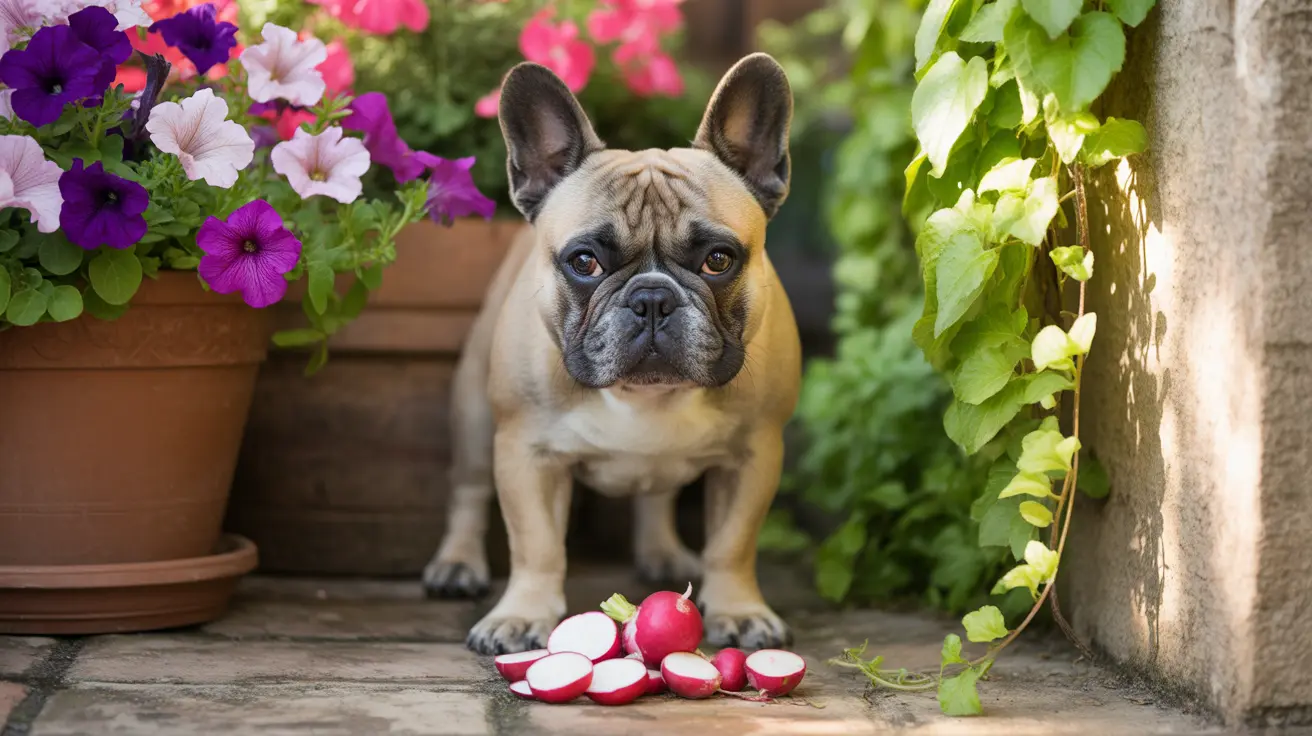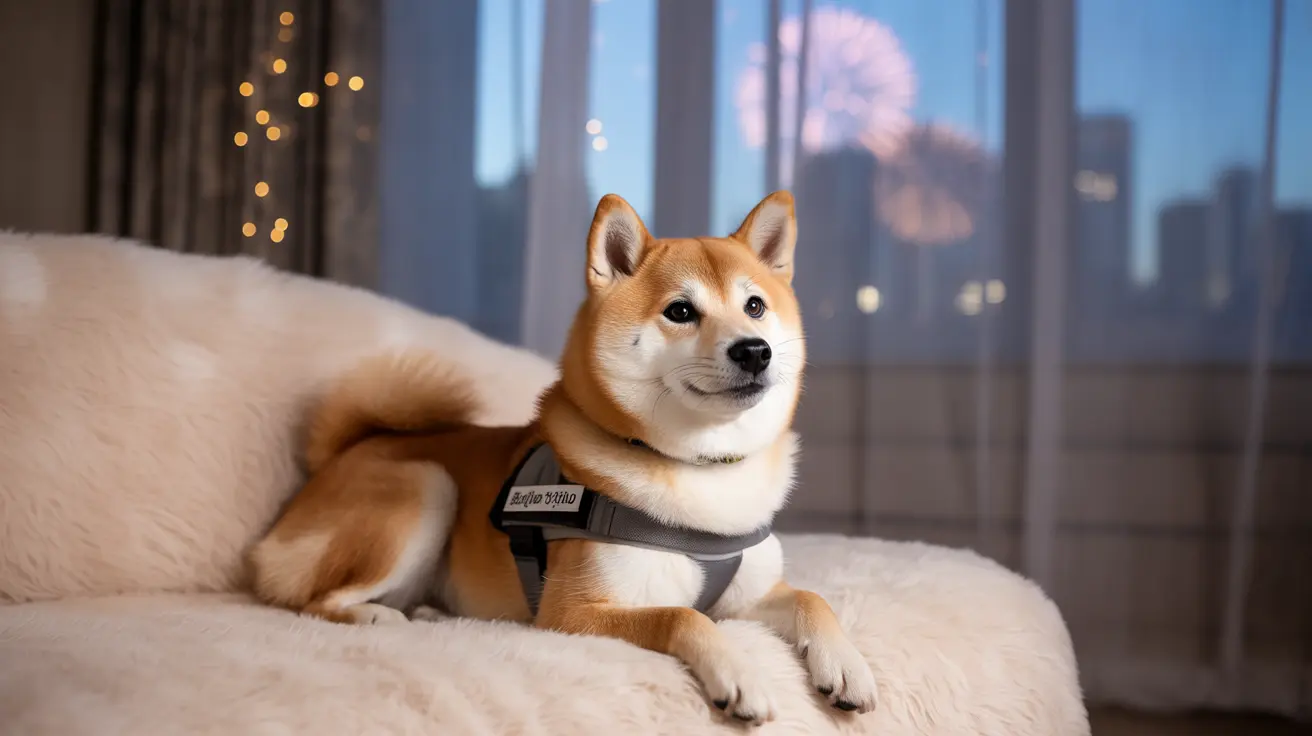How to Stop Your Dog from Peeing and Pooping in the House
House training an adult dog requires patience, consistency, and a clear understanding of your dog’s needs and background. Many adult dogs, especially those adopted from shelters, may have lapses in house training or need to relearn acceptable behaviors. If your dog is peeing and pooping in the house, don’t worry—it’s a solvable problem.
Check for Medical Issues First
Before beginning a training plan, rule out medical conditions such as urinary tract infections, diabetes, or Cushing’s disease. Consulting your veterinarian is essential if the accidents are sudden, frequent, or accompanied by other symptoms.
Implement a Consistent Routine
- Take your dog outside at set times daily: immediately after waking up, after meals, after playtime, and before bedtime.
- Feed your dog meals at consistent times so you can predict when they’re likely to need to eliminate.
Use Supervision and Confinement
When indoors, supervise your dog closely by using a leash attached to your belt or setting up baby gates to keep them in sight. When unsupervised, house your dog in a crate that’s just large enough for resting—this discourages accidents inside the crate.
Crate Training Tips
- Create a positive association with the crate by using bedding and safe toys.
- Never use the crate as punishment—this should be a safe space.
Take Frequent Bathroom Breaks
Especially during early training, take your dog out at least once every hour and always after meals, naps, and playtimes. This gives your dog ample opportunity to go in the right place.
Use Positive Reinforcement
- Immediately reward your dog after they eliminate outdoors using high-value treats and vocal praise.
- Rewards must be given within seconds to effectively reinforce the behavior.
Choose a Designated Bathroom Spot
Take your dog to the same location each time. You can leave a small piece of soiled paper in that spot to help them associate the area with elimination.
Learn and Respond to Your Dog’s Signals
Common cues that your dog needs to go include pacing, sniffing, circling, whining, or going to the door. When you observe these signs, take them outside promptly.
Restrict Freedom Gradually
As your dog demonstrates reliable behavior, gradually allow them more access to rooms. Premature freedom leads to setbacks.
Manage Indoor Accidents Calmly
- If you catch them in the act, interrupt gently (e.g., clap your hands) and immediately take them outside.
- Do not punish your dog—it can cause fear and worsen the problem.
- Use enzymatic cleaners to thoroughly clean soiled areas and remove scent markers.
Plan for Absences
If you’re going to be gone longer than your dog can hold it (usually 4–8 hours), arrange for someone to let your dog out or consider a legal indoor potty option like pee pads or dog litter boxes.
Track Progress
Keep a journal of meals, potty breaks, and accidents. This can help identify patterns and adjust the schedule as needed.
Special Considerations for Certain Dogs
- Rescue dogs or dogs used to living outdoors may need time to understand house rules.
- If you have another house-trained dog, they can serve as a role model.
- Watch for signs of anxiety or excitement urination and consult a trainer if these persist.
Avoid Punishment
Using punishment only increases anxiety and confusion. Dogs do not associate scolding with past accidents. Focus instead on reinforcing good behavior.
When to Seek Professional Help
If your dog’s accidents persist despite consistent training, consult your veterinarian to rule out health issues or get help from a professional dog trainer.
Conclusion
Most adult dogs can be fully house-trained within weeks to months when provided with clear routines, positive reinforcement, and proper supervision. Stay consistent, be patient, and your dog will learn.





